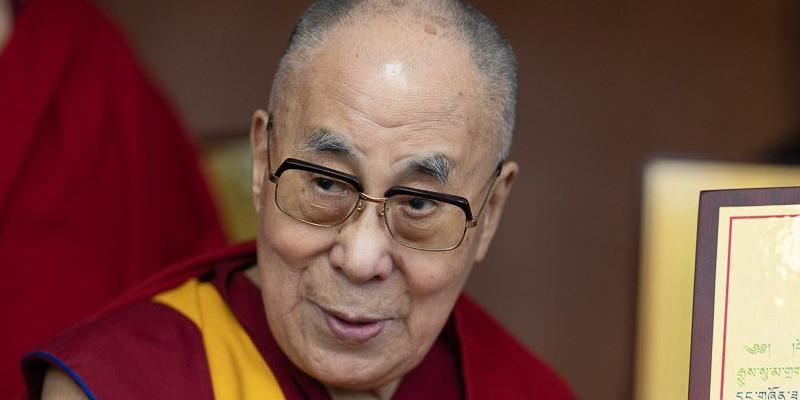
Traditionally, after he dies, a search party of senior monks would set out to locate his new incarnation, who is most often a boy toddler, who goes on to be trained as a monk and a leader. He is now twenty-five years old and served as a delegate to the recent meeting of the Chinese People’s Political Consultative Conference, where he was seated, in his crimson and saffron robes, between a military officer in uniform and a prominent economist.Īt the age of eighty, the Dalai Lama has begun to discuss a range of prospects for the future disposition of his soul. (The whereabouts of that child and his family is unknown.) The government announced the selection of a different boy as Panchen Lama.

But the Chinese government declared the appointment illegitimate. After the Panchen Lama, the second-highest Tibetan authority, died, in 1989, the Dalai Lama picked a successor. The Beijing government avidly asserts its control over matters of reincarnation as a way of securing the loyalty and political complexion of influential Tibetan figures. For the current bearer of that soul to suggest anything else is “blasphemy against Tibetan Buddhism,” he added. "It's not up to the Dalai Lama," Padma said. Padma Choling, the chairman of the Standing Committee of the Tibet Autonomous Regional People's Congress, explained to reporters that the power to determine the future location and durability of the Dalai Lama’s spirit properly resides with the Communist Party in Beijing. Not any soul, to be precise: the soul of the Dalai Lama, the Tibetan leader in exile, and those of other high-ranking Tibetan Buddhist lamas. In Beijing this week, delegates to the National People’s Congress took a moment away from debating annual targets for consumer price inflation (3 per cent), unemployment (4.5 per cent), and cuts to carbon intensity (3.1 per cent), to reiterate their policy position on the migration of the soul. At the age of eighty, the Dalai Lama has begun to discuss a range of prospects for the future disposition of his soul.


 0 kommentar(er)
0 kommentar(er)
